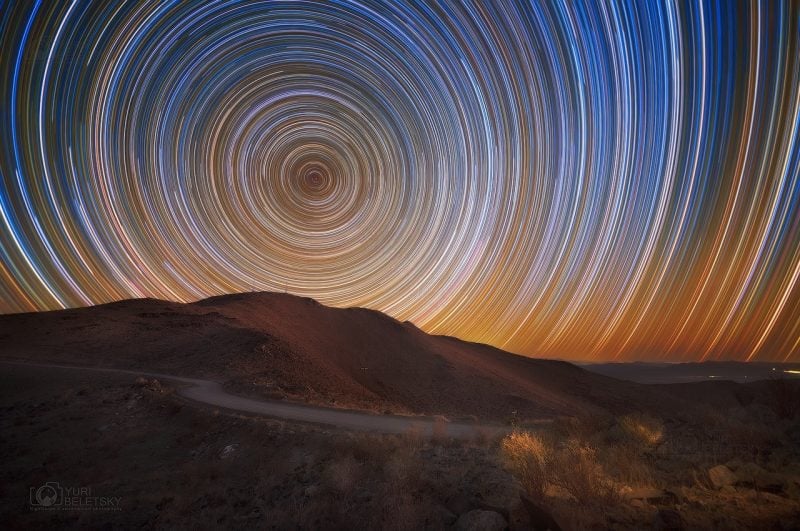Flagship smartphone cameras are reaching a saturation point whereby it is difficult to compare one photo that was either taken from the OnePlus 10 Pro or taken from the Xiaomi 12 Pro because objectively photos taken on both phones still look stunning with all the details captured and minimal noise. This same rhetoric can be applied to the iPhone 13 Pro, the Samsung Galaxy S22 Ultra, and the Oppo Find X5 Pro as well.
Therefore in 2022, smartphone manufacturers have moved on to offering more camera versatility and creativity options for their users, like Apple providing Photographic Styles on its iPhone 13 series, Google providing Astrophotography Mode on its Pixels, and Vivo providing ZEISS Style Portraits on their latest X series devices.
Xiaomi may be the next manufacturer looking to step up their camera creativity options as recently in China(via ITHome), the Beijing-based Xiaomi Software Corporation has been awarded the patent for its automatic “night sky star trails time-lapse photography” camera software technology.

Xiaomi’s patent details the camera software algorithm behind the star trails time-lapse photography mode. First, when the user enables the “Star Trails” mode on the camera application, the camera will automatically be focusing on the night sky, and determine the most suitable settings such as the ISO, white balance and white balance for the scene.
The camera then needs to stay in the same position throughout the timelapse to take photos of the starry night sky between each consecutive time interval of the stars’ movement in the night. The algorithm then stores these photos to interpret the data and colour science behind each one. Using the interpreted data, the algorithm then compiles all the photos together and processes the images into a short-form video that shows the time-lapse journey of the star trails being formed on the screen.

Alternatively, users can also use the algorithm for other types of moving star trails videos such as infinitely looping star trails, or a photo output of the swirling star trails in the night sky.
Since the patent has been recently approved and gone public, we expect Xiaomi to soon feature this “Star Trails” mode in its next camera-focused flagship, which could be the Xiaomi 12 Ultra, which is rumoured to launch soon next month in China with a Leica branded camera, and with Qualcomm’s unannounced Snapdragon 8 Gen 1+.
RELATED:
- Xiaomi crowdfunds the Xiaobai Blade Star smart front door packing 3D face ID
- Xiaomi Civi S smartphone to reportedly launch in China later this month
- Xiaomi 12 Pro vs iPhone 13 Pro Camera comparison: Which one is PROer?
- Xiaomi 12 Pro Full Review: The smoothest and most stable Xiaomi phone
(Via)

![10 Best Free Android Games in 2024 Best Free Android Games [2024]](https://www.gizmochina.com/wp-content/uploads/2024/04/Best-Free-Android-Games-2024-218x150.png)





